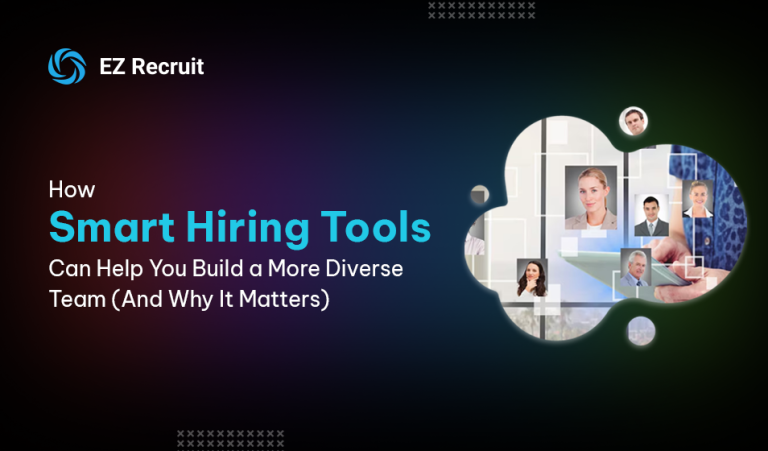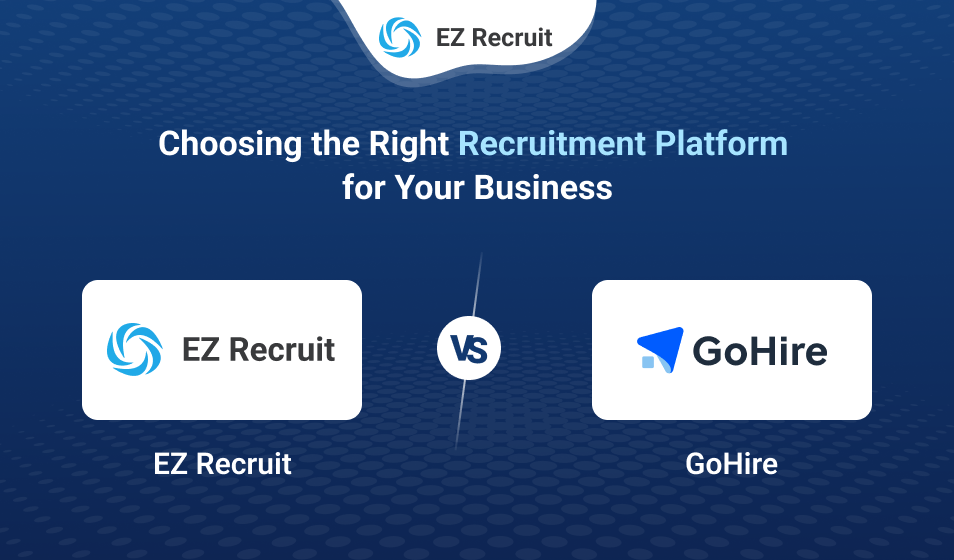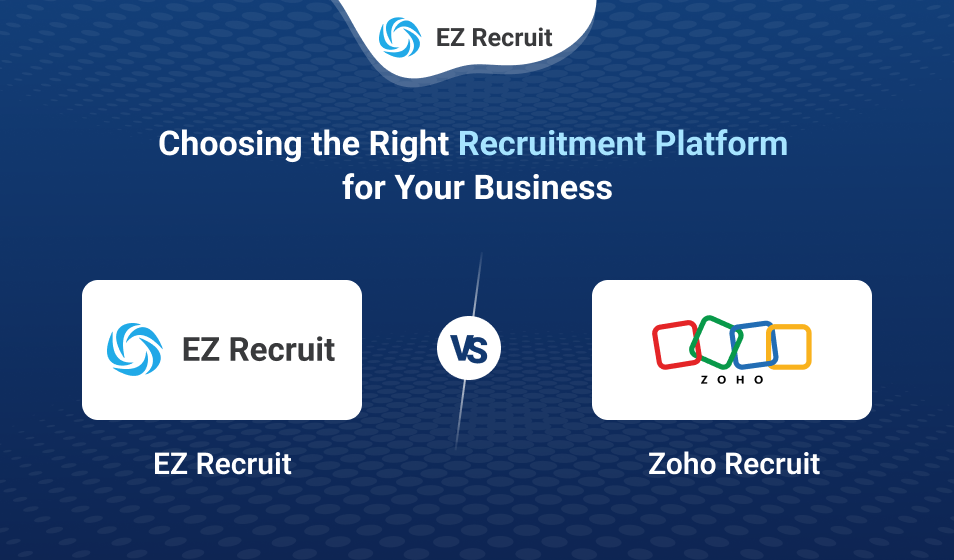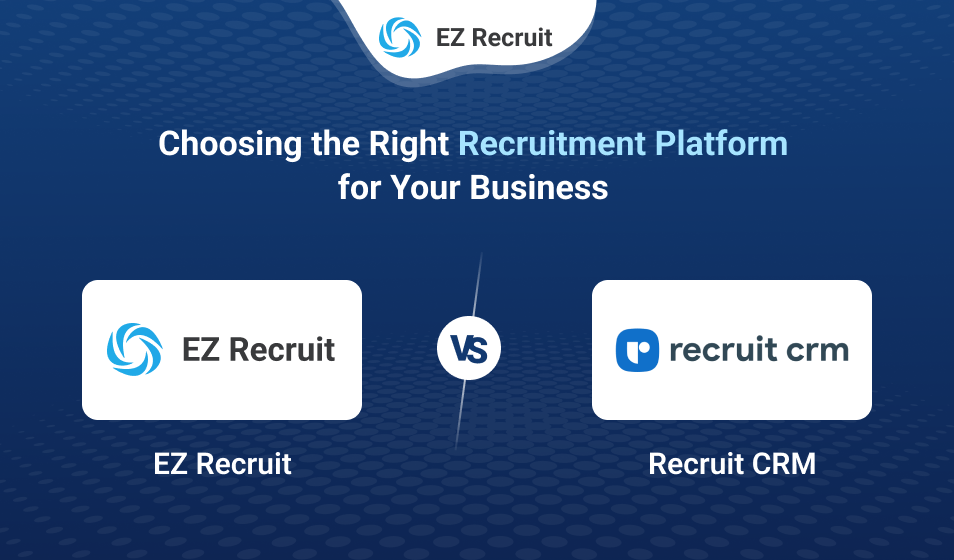Let’s be honest, hiring for diversity is important. Even with the best intentions, unconscious biases creep in, pipelines stay narrow, and before you know it, your team ends up looking…well, kinda same-y. But here’s the good news – technology’s got your back. Smart hiring tools aren’t just about speeding up recruitment. They’re about leveling the playing field so you can find those hidden gems from underrepresented groups. Think of them as your bias-busting, pipeline-expanding sidekicks.
Below, we’ll break down five practical ways these tools can transform your hiring process, no corporate jargon, just actionable insights.
Why Bother with Diversity Hiring?
Turns out, diverse teams aren’t just “nice to have.” Research shows they outperform homogeneous ones on everything from innovation to profitability. But here’s the kicker – most companies think they’re hiring diversely…until they check the data.
The problem? Traditional hiring relies too much on gut feelings and recycled networks. Smart tools help cut through the noise by focusing on what really matters, like skills, potential, and yes, fairness.
1. Applicant Tracking Systems (ATS) That Actually Care About Diversity
Most ATS platforms are glorified filing cabinets. But newer versions? They’re like diversity auditors with a side of espresso.
How they help:
- Spot the gaps: Analytics dashboards show where your pipeline’s lacking, maybe you’re low on female engineers or veteran applicants. Now you know where to focus.
- Tweak job ads on the fly: Some tools flag biased language (e.g., “rockstar ninja” tends to attract dudes). Swap in neutral terms and watch applications diversify.
- Automate fairness: Set rules to ensure recruiters review a set percentage of underrepresented candidates before making shortlists.
Pro move: Pair your ATS with an editorial oversight to polish job posts before they go live.
2. Recruiter Tag-Teams: Why Silos Sabotage Diversity
Ever notice how internal recruiters often tap the same employee referrals, while external ones hunt for fresh blood? That’s fine – unless you want real diversity.
Better approach:
- Internal teams: Mine employee networks (which are more diverse than you think). Pro tip: Offer bonuses for referrals from underrepresented groups.
- External partners: Work with firms specializing in diversity hiring, for Black/Latinx talent or women in tech.
Real talk: A SaaS company used this combo and saw Hispanic applicants jump 40% in a quarter. Not magic, just strategy.
3. Diversity Sourcing Tools: Your New Talent Magnets
Posting on LinkedIn and calling it a day is like fishing in a kiddie pool. These tools cast wider nets:
– LinkedIn Talent Insights: Shows where diverse candidates actually hang out online.
– DiversityJobs: Niche boards for veterans, LGBTQ+ pros, and more.
– HireEZ: Finds passive candidates from underrepresented groups using AI.
Fun fact: One HR manager used HireEZ to find 50+ qualified female coders in a week, after months of crickets on generic job boards.
4. AI Screening: The Bias Filter You Didn’t Know You Needed
Yes, AI can be sketchy if it’s trained on biased data. But when done right? Game-changer.
How good AI tools work:
- Hide the deets: Strip names, schools, and photos from resumes so you judge skills, not backgrounds.
- Standardize interviews: Uses preset questions so everyone gets the same shot (no more “lucky test” bias).
- Chatbot helpers: Answer candidate FAQs 24/7 – because ghosting is bad for diversity.
Watch out for: Tools that claim to analyze “culture fit.” That’s often bias in disguise. Stick to skills-based AI.
5. Track Progress – Or It’s All Just Lip Service
Here’s the hard truth: if you’re not measuring diversity hires, you’re probably backsliding.
What to monitor monthly:
- Pipeline demographics: Are 30% of your applicants women, but only 10% get hired? Dig into why.
- Source effectiveness: Maybe Indeed brings volume, but DiversityJobs brings quality hires.
- Time-to-hire by group: If minority candidates take longer to get offers, your process has leaks.
Brutal but true: A tech firm discovered their “quick” interviews favored extroverted candidates, leaving introverts (often from cultures valuing modesty) in the dust. They fixed it with structured interviews.
The Conclusion
The data are definitive: diverse teams are more innovative, more productive, and more profitable. This isn’t a feel-good project; it’s a strategic necessity. While unconscious biases and standard hiring practices can unwittingly produce homogeneous teams. Intelligent hiring tools provide a compelling solution. They function as “bias filters,” enabling you to cast a broader net, recognize hidden talent, and realize fairness at each step of the hiring process.
Finally, diversity hiring is not about quotas; it’s about maximizing your access to all possible talent. These resources do the heavy lifting for you, so your team can spend their time on what counts: assessing potential and creating a workforce that mirrors the multicolor world we reside in. Ready to witness the effect for yourself?





